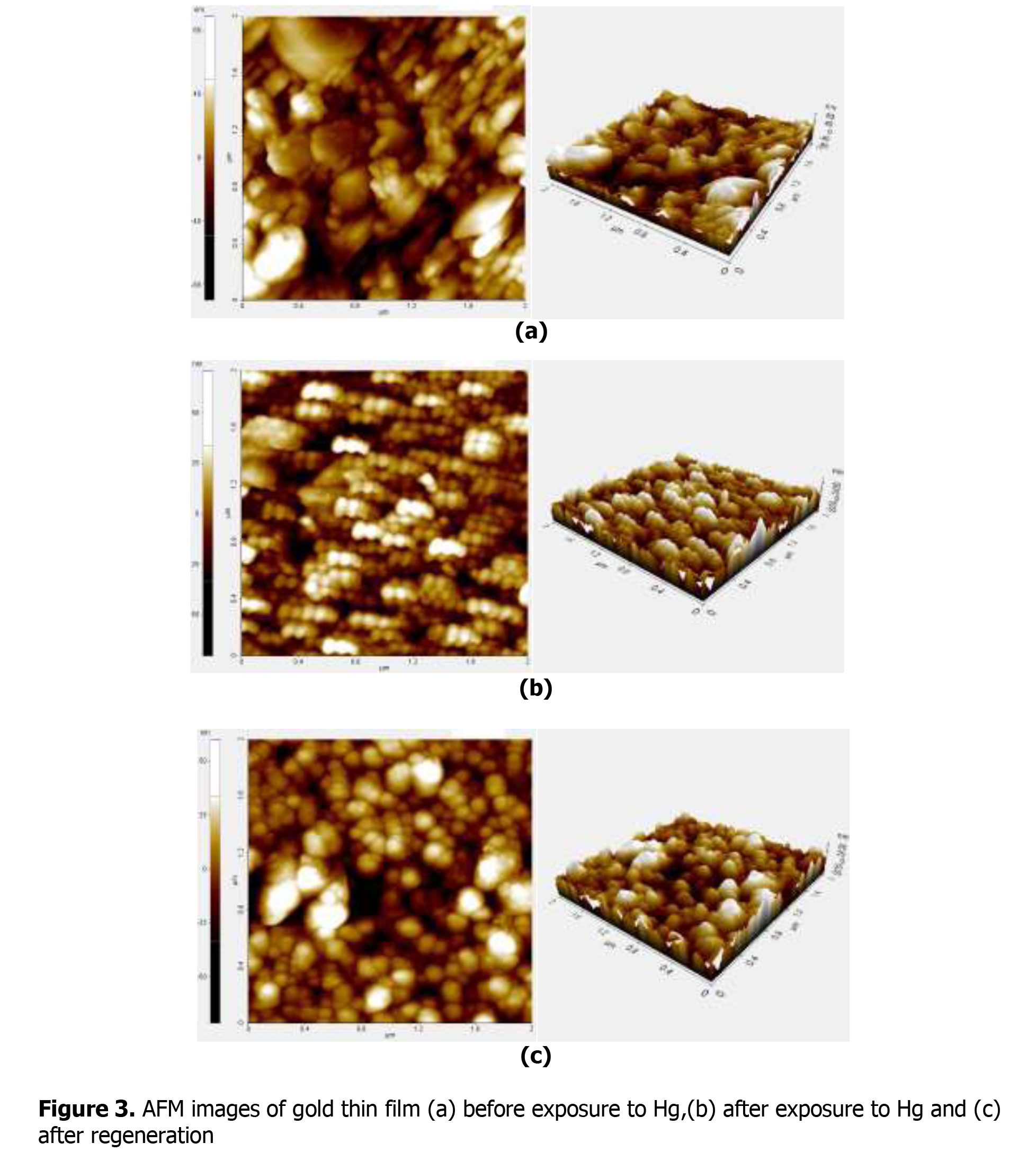Gold thin film chemiresistor sensor for gaseous elemental mercury
Keywords:
chemiresistor, gold thin film, mercury sensorAbstract
The presence of gaseous elemental mercury (GEM) in the atmosphere has raised concern because it can cause serious health effects. The largest anthropogenic source of atmospheric mercury in the Philippines is the artisanal small-scale gold mining (ASGM) sector, which accounts for about 30% of the country’s annual mercury discharge. There is therefore a need for a portable monitoring system for GEM that can be employed in the ASGM areas. In this study, a gold thin film electrode was used as chemiresistor mercury sensor. Interaction of mercury with the gold thin film produced changes in the resistance of the film that were dependent on the amount of mercury present. These changes can be monitored through the output voltage of the Wheatstone bridge circuit that was incorporated in the sensor. The surface of the thin film can be regenerated through thermal desorption of the adsorbed mercury. It is capable of detecting Hg vapor levels from 0 to 30 ng with good linearity (r = 0.9975) and with a detection limit of 1.77 ng. It yielded repeatable results as demonstrated for 10 ng Hg with rsd value of <10%. A prototype measurement system for gaseous elemental mercury based on this sensor was assembled.


